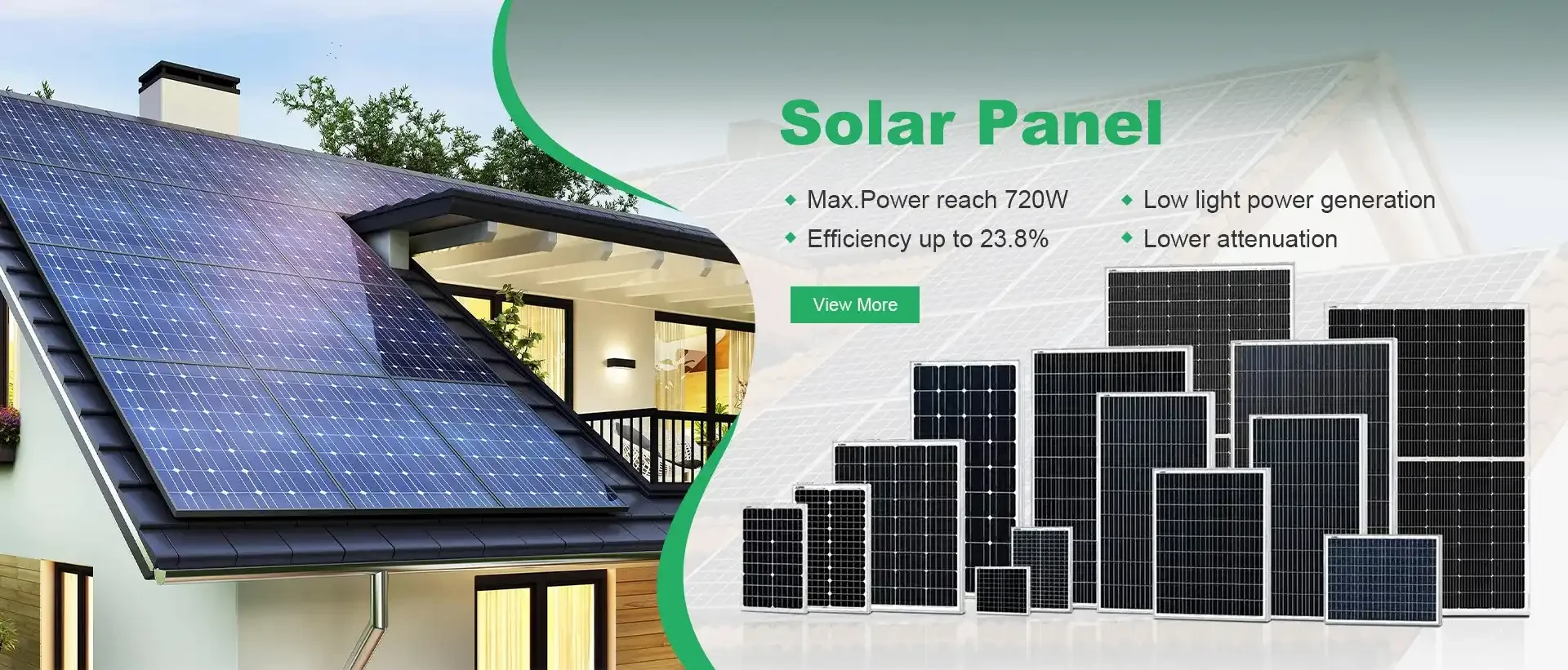bifacial vs monofacial
Bifacial vs Monofacial Solar Panels A Comparative Analysis
In recent years, the solar energy industry has witnessed significant advancements, leading to the emergence of two primary types of solar panels bifacial and monofacial. Both technologies employ photovoltaic cells to convert sunlight into electricity, yet they differ in design, efficiency, and application. Understanding these differences is essential for homeowners, businesses, and investors looking to harness solar energy effectively.
Monofacial Solar Panels A Time-Tested Technology
Monofacial solar panels are the traditional choice for solar energy systems. These panels consist of a single layer of solar cells coated with glass on the front side. They capture sunlight directly from above, making them efficient but limited in their ability to utilize reflected light from ground surfaces. Monofacial panels have been in use for decades, and their technology has matured significantly, offering a reliable return on investment.
One of the primary advantages of monofacial solar panels is their lower upfront cost compared to bifacial panels. The manufacturing process for monofacial panels is well-established, resulting in lower production costs. Furthermore, they are often easier to install and require less complex mounting systems.
However, the efficiency of monofacial panels can be constrained by their design. They typically achieve an efficiency rating of 15-20%, depending on various factors, including the quality of materials used and the environmental conditions. This limitation is where bifacial solar panels come into play.
Bifacial Solar Panels Harnessing More Energy
Bifacial solar panels offer a more innovative approach to solar energy capture. Unlike their monofacial counterparts, bifacial panels feature solar cells on both sides, allowing them to capture sunlight from the above as well as reflected sunlight from the ground. This dual-sided design enables bifacial panels to increase energy production, particularly in environments with high albedo, such as snowy landscapes or bright sandy areas.
bifacial vs monofacial

The potential efficiency of bifacial panels can exceed that of monofacial panels, with estimates suggesting they can generate 10-30% more electricity under ideal conditions. This efficiency gain is primarily due to their ability to capture light reflected by the ground and diffuse light from the environment. However, the actual increase in energy production depends on factors such as installation angle, geographic location, and surface reflectivity.
The Cost-Benefit Analysis
While bifacial panels offer enhanced efficiency, they come with a higher initial investment. The complexity in their design and manufacturing processes means that bifacial panels typically cost more than monofacial panels. However, the potential for increased energy generation can offset these higher costs over time. For commercial installations or large-scale solar farms, the long-term benefits may outweigh the initial investment, making bifacial panels an appealing option.
Installation also plays a significant role in the decision-making process. Bifacial panels often require specific mounting structures that enable them to capture sunlight from both sides effectively. Therefore, the total cost of the solar system can increase when considering installation complexity and the need for additional infrastructure.
Environmental Considerations
Both bifacial and monofacial solar panels contribute positively to the environment by reducing carbon emissions and promoting renewable energy. However, bifacial panels can be particularly advantageous in large-scale installations where optimizing land use is crucial. By increasing energy production without requiring additional land, bifacial panels align well with sustainable development goals.
Conclusion
In conclusion, the choice between bifacial and monofacial solar panels ultimately depends on specific needs, budget, and installation circumstances. Monofacial panels remain a highly effective and cost-efficient option for many applications, while bifacial panels present substantial advantages in energy generation under the right conditions. As the solar energy market continues to evolve, both technologies will play pivotal roles in driving the transition to renewable energy and supporting global sustainability efforts. Investors and consumers alike must weigh the benefits and drawbacks of each type to make informed decisions that align with their energy goals.
-
Navigating Off Grid Solar Inverter: From Use Cases to Trusted PartnersNewsAug.05,2025
-
Solar Edge String Inverter: A Wholesaler’s Guide to Inverter Technology SelectionNewsAug.05,2025
-
Microinverters: Revolutionizing Solar Energy UseNewsAug.05,2025
-
Future of Monocrystalline Solar Panel Efficiency: Latest Technological AdvancesNewsAug.05,2025
-
Solar Panels for House: A Complete Guide to Residential Solar EnergyNewsAug.05,2025
-
Panel Bifacial Performance in Snow and Low-Light ConditionsNewsAug.05,2025







